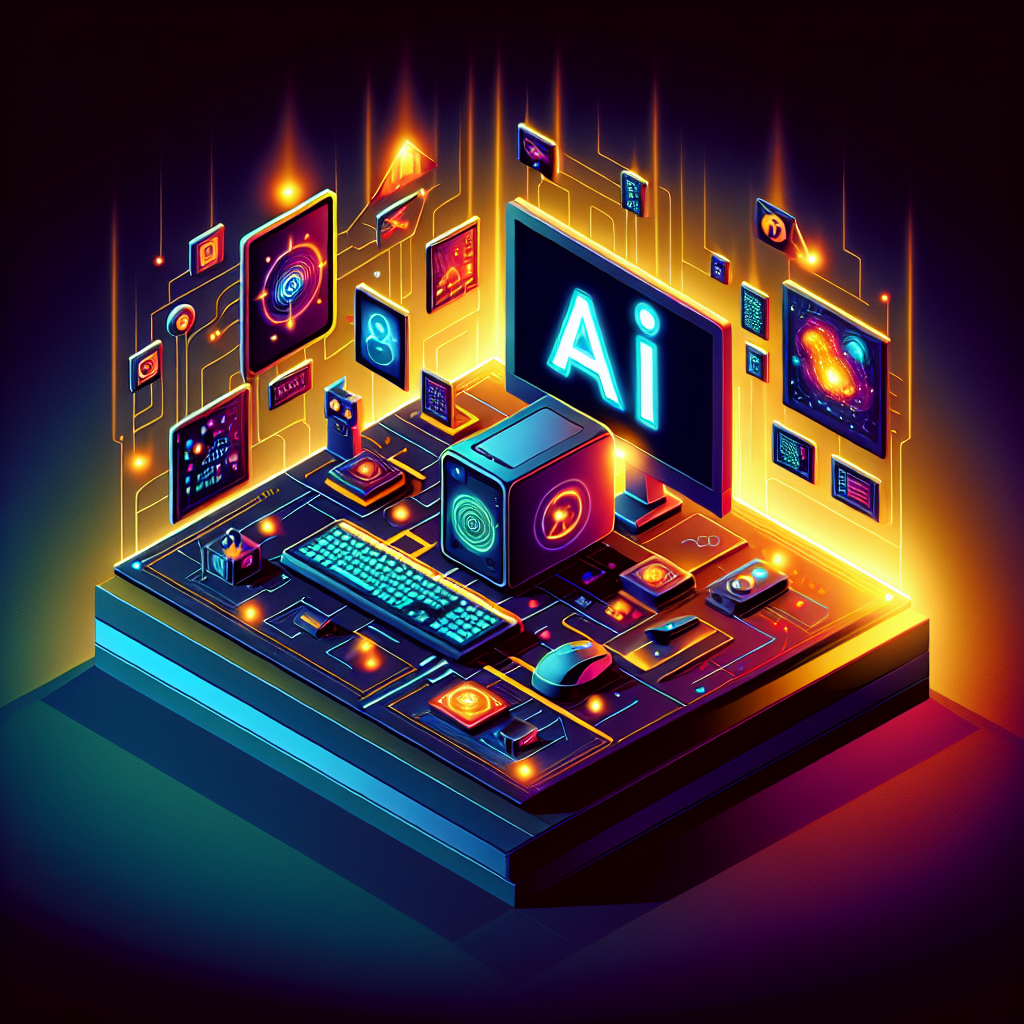In the rapidly evolving world of technology, understanding the various types of computer that have emerged over the decades provides valuable insights into how we interact with our devices today. From massive room-sized machines to sleek smartphones, the journey of computational advancement is nothing short of fascinating. At Darakh Online, we believe that grasping the roots of technology not only enhances our appreciation of modern devices but also equips us to navigate the future with confidence.
The Challenge of Understanding Computers
As technology infiltrates nearly every aspect of our lives, many people struggle to differentiate between various types of computers. This confusion can lead to misunderstandings about capabilities, performance, and applicability in real-world scenarios. Whether you’re a student deciding which laptop to invest in for your studies or a professional contemplating a desktop upgrade, knowing the historical context can significantly influence your decisions.
The Importance of Recognition
By recognizing the innovations that laid the foundation for modern computing, we can appreciate the journey from early mechanical devices to the sophisticated systems we rely on today. Understanding this evolution not only demystifies technology but also empowers us as users, allowing us to leverage each type of computer in ways that enhance productivity, creativity, and overall efficiency.
Early Innovations in Computing
The Birth of Mechanical Computers
H2: The Conceptual Foundations
The dawn of computing can be traced back to mechanical devices designed for calculations. One such breakthrough was Charles Babbage’s Analytical Engine in the 1830s. Described as the first mechanical computer, it introduced the concept of programmability and laid the groundwork for future computing innovations.
H3: Key Features of Mechanical Computers
- Gear and Lever Systems: Mechanical computers relied on intricate gear and lever setups, which, while groundbreaking, were also cumbersome and limited in speed and computational capability.
- Input and Output: The design of early computers limited user interaction. Babbage envisioned punched cards as input, a concept later adopted by many subsequent technologies.
The Advent of Electronic Computers
H2: From Vacuum Tubes to Transistors
The transition to electronic computers during the 1940s marked a significant leap in capability. The evolution from vacuum tubes to transistors allowed computers to become smaller, faster, and more reliable.
H3: Examples of Early Electronic Computers
ENIAC (1945): Often regarded as the first general-purpose electronic computer, it filled an entire room and consumed vast amounts of power.
- Usage: Initially designed for artillery trajectory calculations for the U.S. Army.
UNIVAC (1951): This was the first commercially available computer, designed for business applications.
- Significance: It showcased the potential of computers in a business context, paving the way for modern office computing.
The Rise of Personal Computers
H2: The Revolution of the 1970s and 1980s
The introduction of microprocessors in the 1960s set the stage for the personal computer revolution. Suddenly, computers could fit on a desk rather than an entire room.
H3: Key Milestones in Personal Computing
- Altair 8800 (1975): Widely considered the first successful personal computer, it sparked the DIY computing movement.
- Apple II (1977): This iconic device popularized personal computing with its graphical user interface and color display.
Different Types of Computers Today
As technology progressed, various types of computers emerged, each serving distinct purposes for users across different industries.
H2: Categorizing Modern Computers
Personal Computers (PCs):
- Desktops: Larger, more powerful machines suitable for extensive use, ideal for productivity tasks, gaming, and creative work.
- Laptops: Portable PCs that balance power and convenience, perfect for students and professionals on the go.
Mobile Devices:
- Tablets: Offering a user-friendly interface, tablets are great for media consumption and light productivity.
- Smartphones: Essentially portable computers that provide communication, internet access, and a plethora of applications.
Servers:
- Designed to manage networks and support multiple users simultaneously, servers are the backbone of online services and enterprise applications.
Supercomputers:
- Specialized systems used for complex calculations in fields like weather forecasting, scientific research, and simulations. They exemplify the highest level of processing power.
Embedded Systems:
- Found in everyday devices like appliances and vehicles, these are specialized computers that perform dedicated functions, enhancing the functionality of the devices they inhabit.
Bridging the Gap: Choosing the Right Type of Computer
H2: What to Consider When Choosing a Computer
- Purpose: What will you primarily use it for? Gaming, professional work, graphic design, or daily tasks?
- Portability: Do you need something that can go with you, or will it stay in one place?
- Performance: How demanding are your applications? Higher-end tasks require more powerful systems.
- Budget: Align your choices with financial constraints while considering long-term investments.
Real-World Examples of Computer Usage
- Education: Schools often leverage personal computers and tablets to enhance learning, making education more accessible and interactive.
- Healthcare: Hospitals utilize servers for managing patient records and electronic health systems, highlighting the importance of security and efficiency in critical environments.
- Entertainment: Gaming has evolved vastly, with powerful PCs becoming central to immersive experiences.
Conclusion: Embracing the Journey of Computing
From mechanical beginnings to powerful personal devices, the evolution of computers has shaped not only the technology landscape but also our everyday lives. At Darakh Online, we encourage you to explore the various types of computer available today and consider how these innovations can fit into your personal or professional life.
Understanding the origins and advancements in computing enables us to make informed decisions about technology, maximizing its potential to enrich our experiences. As you venture into the world of computers, remember that each type—whether a server, a smartphone, or a powerful gaming PC—has a unique role to play in unlocking your full potential.
Now that you understand the historical context and the different types of computers, we invite you to explore more resources on our blog at Darakh Online. Discover how to optimize your digital life and stay ahead in the ever-evolving tech landscape.



